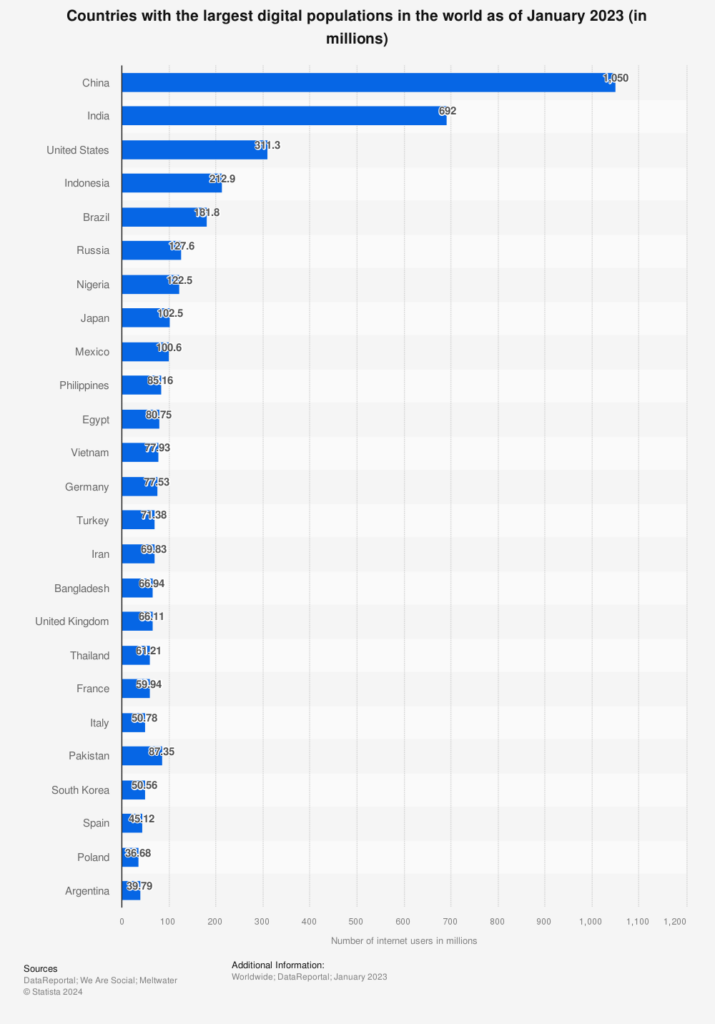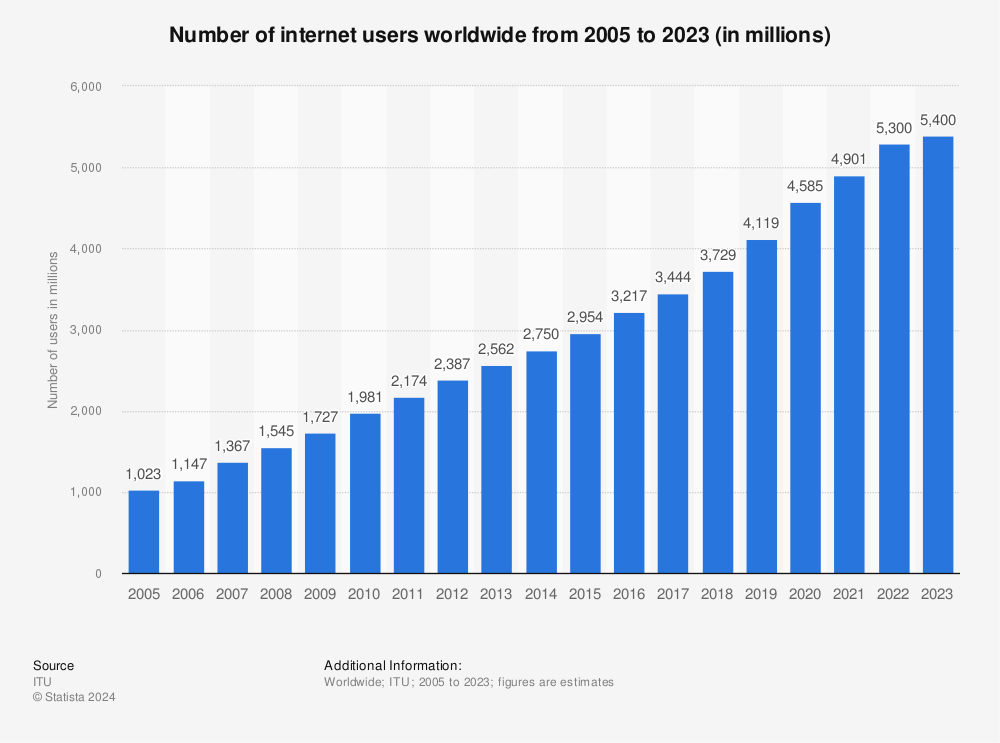Digital Citizenship in STEM
Digital citizenship is more than just online manners; it’s a comprehensive approach to teaching safety that includes understanding laws, ethics, and security. As technology becomes a staple in education and day-to-day life, the need for robust digital citizenship and cybersecurity within STEM curricula is not just beneficial—it’s essential.
Integrating digital citizenship skills and cybersecurity knowledge into education is critical for today’s students, half of whom experience some form of cyberbullying during their teen years (Atske, 2022). Students who receive explicit digital citizenship education show significantly reduced negative online behaviors, such as cyberbullying (Dunaway & Macharia, 2021). While it’s possible to include these foundational skills in many curricula, STEM education is well-positioned to be a consistent exposure point because of the use of laptops, phones, and other internet-enabled devices, particularly in countries and localities where access to reliable internet and infrastructure is high.

Number of internet users by country 2023 | Statista. (2023). Statista; Statista. https://www.statista.com/statistics/262966/number-of-internet-users-in-selected-countries/
Case Studies and Findings
Dunaway and Macharia (2021) highlighted reduced negative online behavior in students exposed to digital citizenship instruction. Other studies, such as Buchan et al. (2024), underscore the disparities in digital literacy and access that represent a significant hurdle in the universal adoption of cybersecurity and digital citizenship curricula. This study identified key components of digital literacy, such data safety, cyberbullying awareness, and digital media usage, which are essential for young learners to be able to navigate the digital world safely.
This study also suggests that student awareness of digital citizenship and cybersecurity is often tied to things like access to digital infrastructure, economic conditions, teacher training and support, and the availability of high quality educational resources, factors often overlooked in high-income countries. These conditions, in conjunction with program accessibility and the digestibility of the course content, all need to be considered for the learning to be truly effective. In locales where not all conditions for optimal learning are met, vendors and support providers will need to have more tailored programs available that are reflective of the reality of students’ lives and experiences.
Implications for EdTech
Some of the primary challenges of integrating cybersecurity into STEM education have more to do with geographic disparities, income, and accessibility, rather than having engaging and relevant course work available. As shown in the Buchan et al. study, students in rural and remote areas often lack the digital infrastructure necessary for accessing up-to-date cybersecurity resources. This not only hinders their ability to learn about digital safety but also limits their exposure to essential digital tools and learning environments.
Understanding the Infrastructure Gap
According to the International Telecommunication Union (ITU), while global internet penetration has seen exponential growth over the last decade, the digital divide remains significant, particularly between urban and rural areas in developing countries. As of 2021, it’s estimated that 37% of the world’s population has never used the internet, with the majority residing in Africa and parts of Asia. This lack of access severely limits the ability of students in these regions to participate in digital learning, further exacerbating educational inequalities.

Number of internet users worldwide 2023 | Statista. (2023). Statista; Statista. https://www.statista.com/statistics/273018/number-of-internet-users-worldwide/
Because effective cybersecurity training often requires interactive online platforms, simulation tools, and access to up-to-date digital resources, regions without access to stable and high-speed internet are limited in the resources and learning experiences that they can delivery to students. As noted in the Buchan et al. (2024) study, cybersecurity education is not just about theoretical knowledge but also about practical, hands-on practice that simulates real-world scenarios. Without proper technological support, students are at a disadvantage in developing the necessary skills to protect themselves and their data online when they inevitably have access as the global reach of internet expands.
Strategies for Addressing Global Technology Disparities
Economic and Policy Considerations
For EdTech companies aiming to make a global impact, understanding and addressing these disparities is crucial. Strategies might include:
- Developing Low-Bandwidth Solutions: Developing lightweight versions of platforms that minimize data usage while still delivering key educational content can make digital learning more accessible in regions with poor connectivity. YouTube’s adaptive streaming feature, which adjusts video quality based on available bandwidth is one example of accounting for low connectivity while still allowing individuals to access video content without requiring high-speed internet.
- Offline Educational Resources: Offering downloadable content that can be accessed offline allows students in areas with intermittent internet access to continue learning without being online.
- Mobile-First Approaches: Given the high penetration of mobile devices even in low-connectivity areas, designing mobile-friendly and app-based learning experiences can bridge the access gap.
- Collaborations with Governments and NGOs: Partnering with local governments and non-governmental organizations can help in building the necessary infrastructure and advocating for policies that support universal digital access. An example of this is the partnership between Microsoft and the Indian government that aims to bring digital literacy skills to rural women, using locally developed content that is delivered in regional languages and dialects.
Investing in global digital education also involves understanding and influencing policy frameworks that support accessibility and tech growth in underserved areas. International bodies like the United Nations and the World Bank have initiatives aimed at enhancing digital equality, which EdTech leaders can support or partner with to expand their impact.
United Nations’ Efforts: The United Nations Educational, Scientific and Cultural Organization (UNESCO) actively promotes Information and Communication Technology (ICT) in education through various global initiatives. For instance, the UNESCO ICT Competency Framework for Teachers is designed to help educators develop the necessary skills to deliver quality teaching that incorporates ICT, aiming to ensure that educational systems worldwide are positioned to achieve quality education. This initiative is critical as it directly addresses the teacher training gap in digital literacy and cybersecurity, which is often a significant bottleneck in less developed regions. UNESCO’s work further highlights the need for internet access as a resent study found that a 10% increase in broadband penetration is associated with a 1.35% increase in GDP growth in developing countries.
World Bank’s Global Reach: The World Bank’s “Digital Development Partnership” brings together stakeholders from multiple sectors across the globe to foster digital development strategies that promote open, sustainable, and inclusive digital spaces. The partnership focuses on broadband connectivity, digital skills, and government solutions, aiming to bridge the digital divide specifically in low- and middle-income countries. According to the World Bank, as of 2019, about 80% of the population in developing countries still lacked access to a broadband internet connection, which underscores the critical need for continued investment and collaboration.
Bringing it All Together
Expanding the reach of digital education, including cybersecurity, requires a nuanced understanding of global internet and technology disparities. EdTech companies, positioned at the intersection of technology and education, hold a pivotal role in addressing global internet and technology disparities. Success in this space will likely be dictated by a vendor’s ability to develop scalable solutions, partner with governmental and international organizations for greater reach, invest in and implement localized content development, and promoting mobile-centric learning platforms.
For EdTech leaders, the call to action is clear: leverage the power of technology to bridge the global divide between the digital haves and have-nots.











